A glimpse into the future of golf: Top greenkeeping trends for 2025
Having observed a shift in the way golf courses use technology and approach turf management in 2024, here Reesink Turfcare lists the top six trends to watch out for in 2025 – so you can make the most of new opportunities or mitigate impending challenges.
Autonomous mowers
Autonomous mowers have been on the horizon for some time and it’s not an exaggeration to say it’s the technology everyone’s been anticipating and talking about for years. Now Reesink Turfcare can proudly say it’s a reality in the UK, having unveiled the first autonomous fairway mower from Toro at BTME.
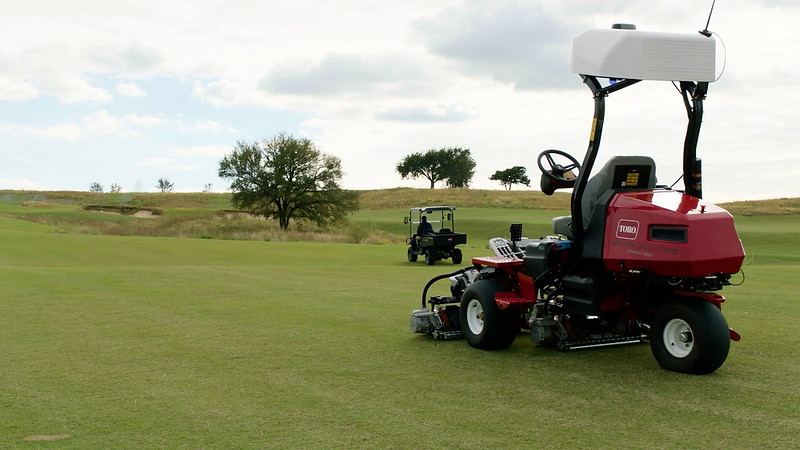
Toro’s GeoLink Solutions Autonomous Fairway Mower
Autonomous mowers operate manually or automatically by combining sensors and software to control, navigate and drive the vehicle. Toro’s GeoLink Solutions Autonomous Fairway Mower is built on years of precision-control research and development to deliver the high cut quality the Toro name is known for using well-proven GPS functionality to map out the area, setting specific boundaries in which the machine can operate autonomously. When the mower reaches the edge of the predefined work zone based on satellite positioning, it intelligently keeps within it.
Reesink’s Divisional Business Manager, Jon Cole says: “The intention is not to replace labour with autonomous products, but instead to allow staff to focus where they’re needed most such as doing more detailed work that requires more skill and decision-making.”
Helping your team achieve more
Autonomous technology can help golf clubs become more efficient, providing a way to dramatically increase productivity and get even more consistent results. By maximising the use of available labour means resources can be reallocated to other critical tasks such as enhancing course aesthetics and perfecting playability.
With this mower, which is designed for use in higher cut grass areas such as fairways and close-cut sports fields requiring a mowing height of 12-25mm, Toro has instantly made 2025 one to remember and neatly leads us on to the next trend we know for sure will make 2025 stand out further when it comes to the available technology for turfcare professionals.
Robotic mowers
Robotic mowers are still a form of autonomous technology, but they operate with less human intervention. While autonomous mowing machines work in conventional mowing environments to scale up the workforce, robotic mowers allow for effortless but productive operation, opening up access to steep and difficult areas safely and efficiently and, for example, providing a way to cut roughs even in difficult weather conditions.
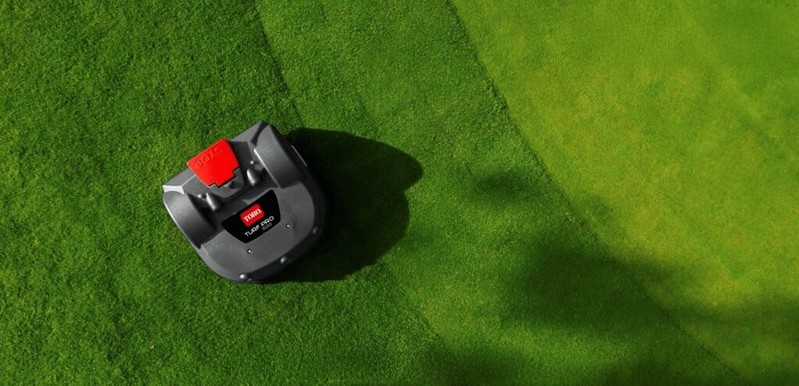
With wireless operating, operators can start or stop, easily track and adjust performance via computer or mobile device at any time from anywhere, receiving alerts and automating certain processes. Sensors and programmed boundaries guide movement and seamlessly slot these machines into working alongside other Toro solutions.
Using GPS RTK technology, the Turf Pro navigates with 0.75–1.25 inch (2–3cm) level precision and mows a consistent pattern (up to 18.5 acres) with a minimal overlap. There’s the choice of three cutting heads and a mowing area of 45,000m2 with the Turf Pro 300 or five cutting heads and a mowing area of 75,000m2 in the Turf Pro 500, with both bringing repeatable results and providing a cutting height range of 20-100mm.
Drones and new technologies
Already essential in the construction and surveying industry, the game-changing potential of drones is finally being recognised by forward-thinking greenkeepers as well.
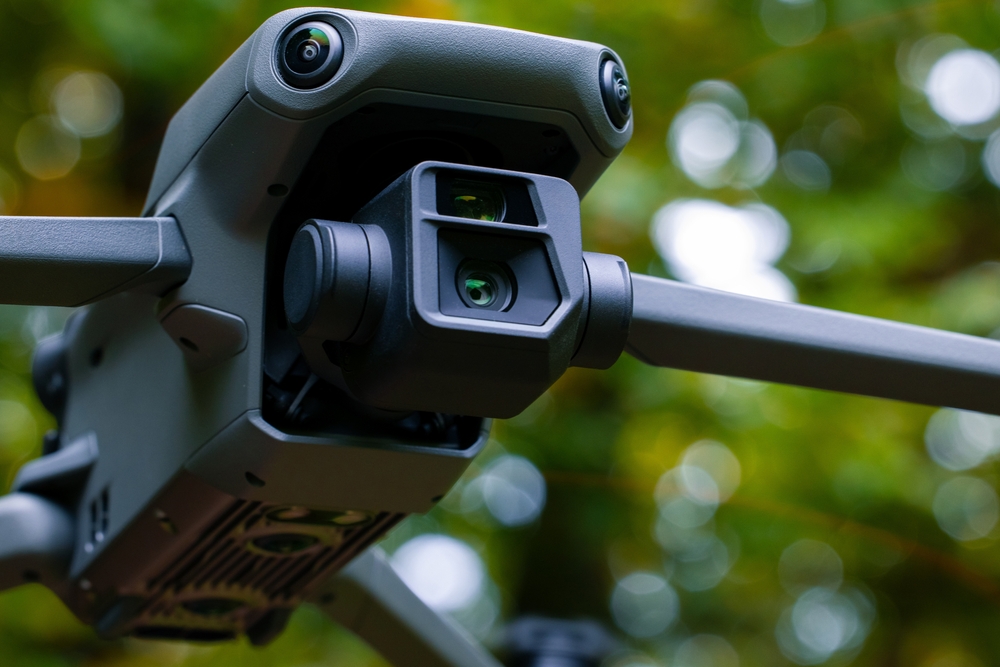
In addition to capturing stunning photos and videos that can be re-used for promotional purposes, drones deliver high-res imaging that offers greenkeepers a holistic view of the course in a fast and convenient way. This technology also provides valuable data that can be analysed to monitor the general health of the course and promptly address problems such as pest infestations, grass disease or ineffective drainage.
Not only that, but links courses are now routinely using drones along the cliff edge to monitor and survey coastal change. This allows the team to record the rate of erosion – playing an instrumental role in planning.
The use of new technologies to optimise greenkeeping outcomes is a broader trend that will continue to transform the golf industry over the upcoming years. From irrigation to labour management, weather forecasting and operations planning, specialised apps help simplify the daily job of greenkeepers and ensure consistent results throughout the course.
That’s why we anticipate that smart connected technology will become critical to intuitively visualise key insights from multiple apps in real-time, making sense of a proliferation of data sources.
Changing weather patterns
We all love to talk about the weather, and we anticipate it to be in trend lists for the foreseeable future thanks to the effects of changing patterns, especially with wetter winters and hotter summers. And after seeing how the climate is evolving in the rest of Europe – consider for instance the disastrous Spanish floods of October – we can assume that the situation won’t improve any time soon.
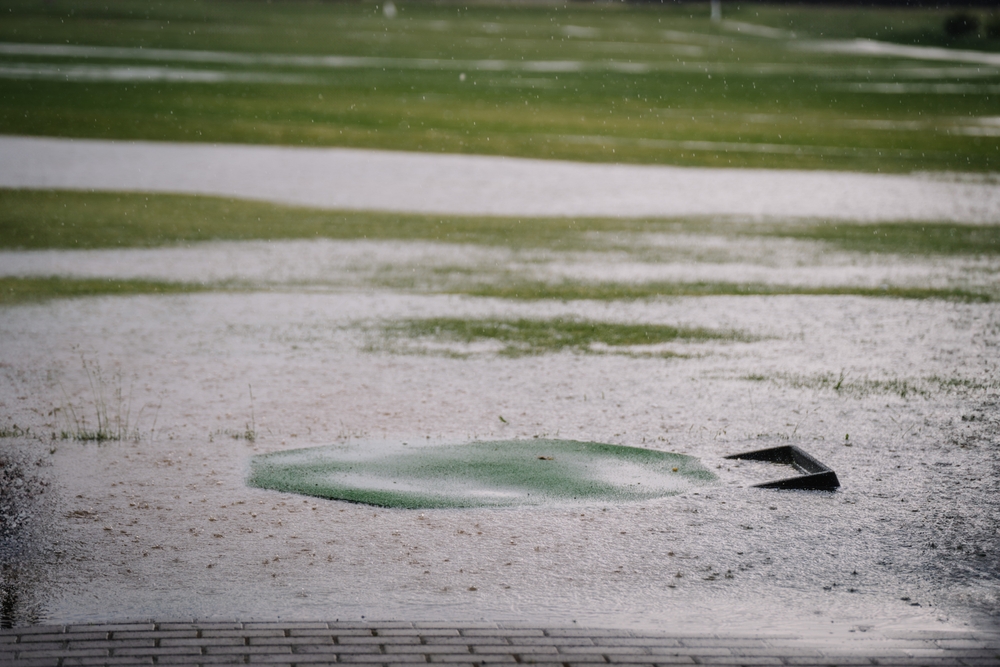
Preparing for this new reality will be essential to ensure play won’t be disrupted by flooding and waterlogging, or damage from drought.
Turfcare professionals have to learn to quickly adapt to dealing with high levels of rainfall in short periods of time regularly. This entails focusing on the drainage capabilities of greens and fairways to make sure water can move quickly through the soil and avoid puddles or flooding.
Warmer weather, especially over the autumn months, can also make grass disease more prolific, which combined with new bans on chemical pesticides, complicates turf management and is likely to accelerate the move to more sustainable solutions. On the other hand, colder and wetter winters can exacerbate fungal growth and threaten the health of grass.
Eco-friendly turfcare management
As the push towards sustainability continues across all industries, we expect a progressive adoption of eco-friendly practices to reduce environmental impact and uplift green spaces through an optimised use of natural elements.
Turfcare professionals will look to achieve these ambitious goals without affecting the playability or the overall quality of the playing surfaces. This usually involves finding organic alternatives to chemical pesticides, improving water management through advanced irrigation systems, supporting biodiversity, reducing noise pollution and preventing damage to the turf from hydraulic leaks.
A strategic choice here can be selecting drought-tolerant and disease-resistant types of grass to reduce the need for pesticides and water – although local climate and turf conditions should be carefully considered for optimal outcomes.
Paving the way for sustainable landscaping
Turfcare professionals are collaborating with nature conservation bodies and employing sustainable landscaping practices to act as sanctuaries for local flora and fauna more than ever before. Some of these strategies include building wildlife habitats, rewilding, planting trees and making space for nature.
By becoming environmental defenders, golf, sports, and grounds customers can play a vital role in protecting the land they occupy. It’s a subject Reesink is passionate about and dedicated to helping customers effectively contribute towards, which is why the business has helped form the GreenGrounds initiative to promote environmental awareness of sustainability solutions within the turf and groundscare industries.
The idea is to form a collective approach and help the industry by sharing meaningful, free advice and knowledge, and creative and practical solutions, to ultimately be joined-up in the thinking, so everyone together can make a real difference.
How to start a sustainability project is one of the most frequently asked questions, which is where the seed for GreenGrounds comes from. There is a real and growing interest and enthusiasm to start making a difference and Reesink is here to support and encourage that.
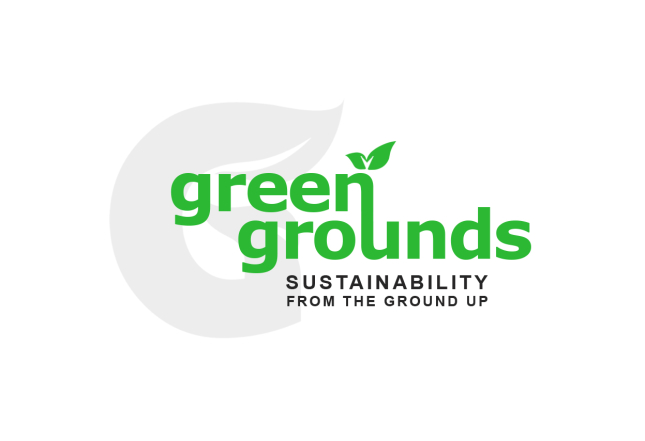
Read our article on GreenGrounds here to find out how the company pieced together some of the best practices to support sustainable grounds maintenance and prevent greenwashing.
Golf participation continues to enjoy growth
In September 2024, the R&A announced there are now 42.7 million on-course golfers (nine and 18-hole) in R&A affiliated markets (outside the USA and Mexico) which, since 2022, is an increase of 3.1 million adult golfers playing the sport.
The research found the growth trend began before the onset of Covid-19 and is now accelerating faster than the 2020-2022 pandemic period when there was an average of 2.5 million new on-course golfers per annum. The sport continues to increase in popularity, now up 44 percent from 29.6 million on-course players in 2016.
The association states that new golfer participation programmes with appealing propositions and promotion are important for encouraging more people into the sport and retaining them in greater numbers. We’d add to that the ability for clubs to provide resources to drive investment in new technologies and equipment to optimise course quality and cater for more golfers.
Playing into that will be working with a specialist turfcare machinery and equipment partner that can support clubs with competitive finance options, machinery with a decent Total Cost of Ownership, the best residual values, the option of training to ensure machinery is used to the best of its ability, and servicing and maintenance support to minimise downtime and ensure reliability and longevity.
Rising costs, tighter budgets
Rising costs of golf course management are shrinking the revenue of UK clubs, forcing them to diversify, increase fees and operate with tighter budgets.
In addition to inflation exacerbating the annual cost of spare parts for maintenance equipment such as greens mowers, rough mowers, aerators and utility vehicles, the cost of energy and water bills are also expected to rise, making the optimisation of water and clubs’ electric resources a business necessity.
Not everything, however, is changing for the worse. Due to decreasing global demand, national fuel costs of petrol and diesel fell between August and November 2024 and some feel that is likely to continue on this trajectory in the upcoming months as well.
One of the most notable changes in 2025 will be the rise of minimum wage and National Insurance contributions announced in the Autumn Budget 2024, which combined will increase the cost of employing minimum wage staff by roughly 10 percent.
There are however ways to offset these unexpected and unavoidable expenses. When making a purchase it’s recommended to understand the Total Cost of Ownership. When choosing new machinery consider its maintenance costs, longevity and productivity versus its residual values over time; prioritise precision and efficiency in an irrigation system; and choose a distributor with competitive, market-leading finance options and full sales and servicing back-up. These decisions combine to make significant long-term savings.
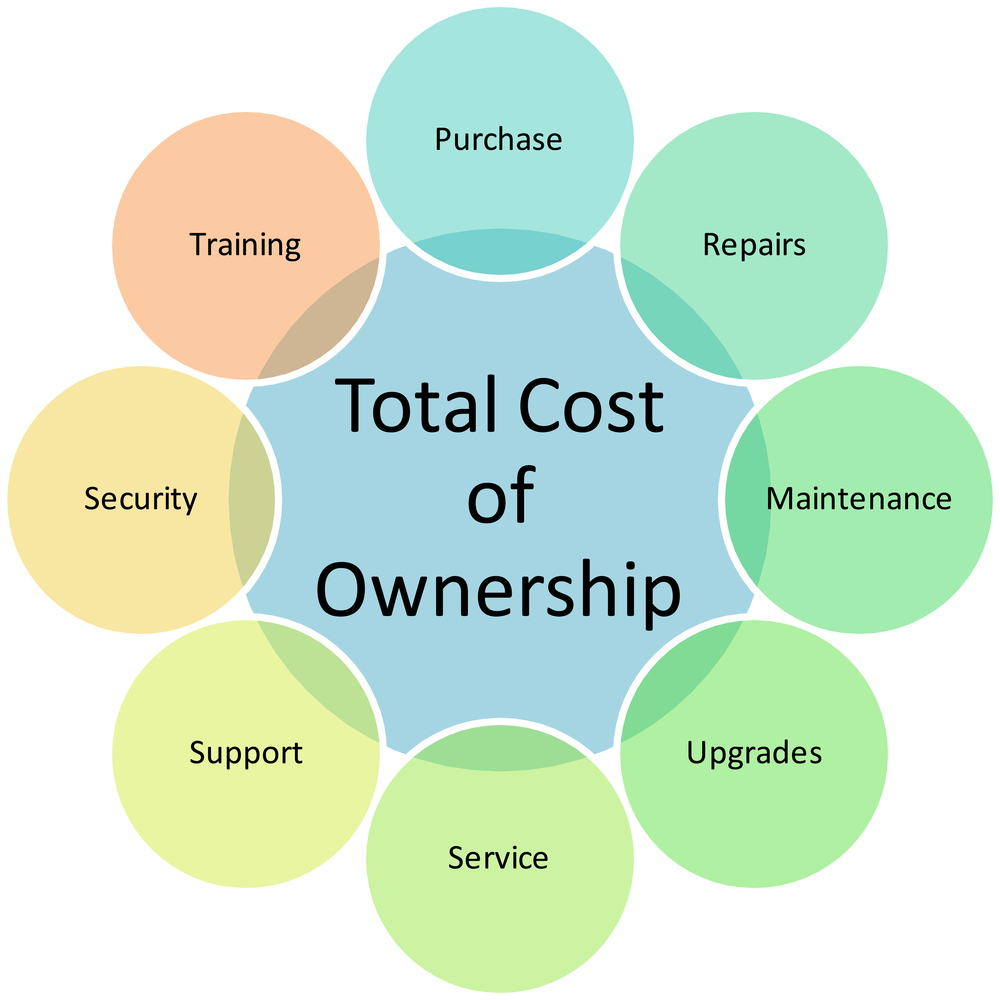
Shaping the future of turfcare
Whatever the future has in store, Reesink’s team will be there to assist you with decades of practical industry experience. They work one-on-one with customers finding solutions to turfcare problems and most, if not all, have previously worked in the field, so they understand the changing marketplace, emerging technologies, and industry developments.
And of course, they have on hand some of the best brands serving the turfcare industry. Toro leads the way when it comes to its robust R&D processes, pioneering new technologies, and range of innovative, problem-solving, and efficient machinery.